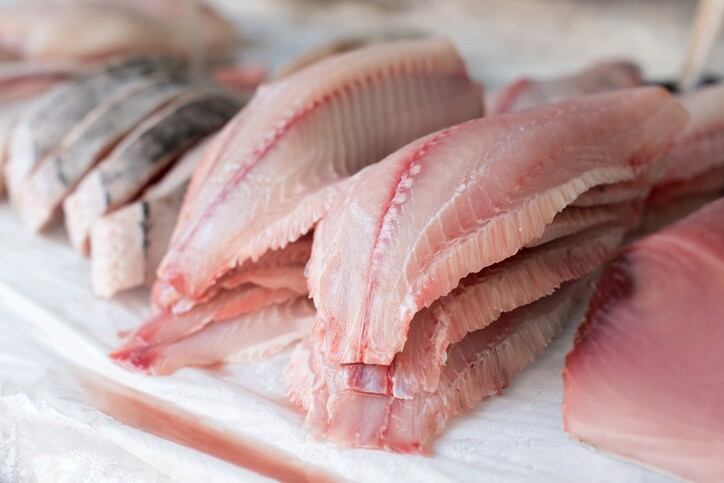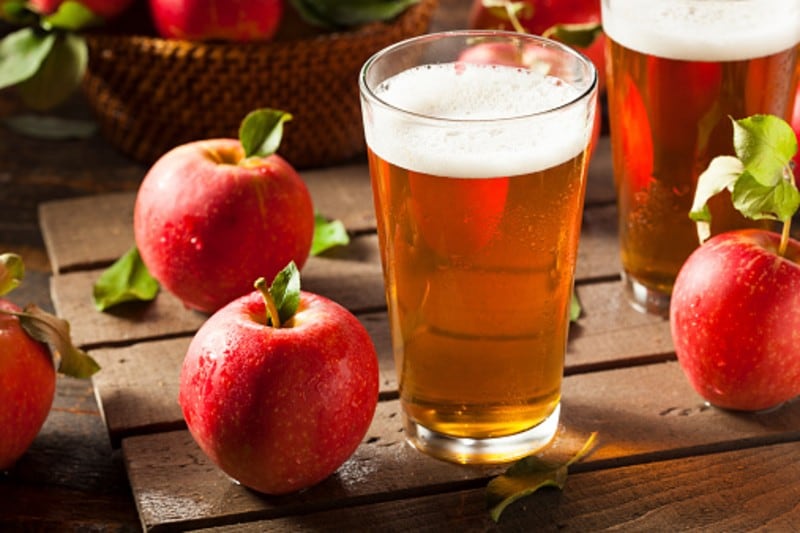The demand for seafood in Japan, once one of the top consumers of seafood in the world, has been on a steady decline for several years now, and the Japan Fisheries Agency (JFA), housed under the Ministry of Agriculture, Forestry and Fisheries (MAFF), has confirmed that this situation is not likely to improve.
“Japan has always been a large market for seafood [but] domestic demand will be decreasing in the long run as our society continues to shrink and age – the aquaculture sector in particular is very dependent on domestic demand, and as this demand shrinks, it means the sector will find it difficult to see growth,” said JFA via its latest Aquaculture Growth Industrialization Comprehensive Strategy documentation.
“In the past 20 years when Japan's aquaculture industry has matured and stagnated, the world's aquaculture production has increased about four times and is expected to continue to grow.
“[As such], it is necessary to increase seafood exports, and also that there is great potential for Japanese aquaculture products in the international market. [One example is] yellowtail, where Japanese yellowtail exports now stand at around 9,000 tons but are increasing steadily to the US and other countries – its appeal is not only for the high quality, but also the original taste appeal as a Japanese food ingredient in Japanese restaurants overseas.
“But although we can offer positives here such as freshness, quality and good taste, there are also negative associations with aquaculture fish such as high pricing and unstable supply which differ greatly depending on the product and destination – [These are the major challenges] we are moving to overcome with this strategy.”
One of the government’s major plans in this area is prioritise investments for the establishment and upgrade of relevant infrastructure in areas that will be producing marine products for exports.
“We will be making a list of the production areas in Japan which are mainly producing marine products for export and give priority support to the development of necessary facilities to transform these into proper Export Production Zones,” said JFA.
“For aquaculture, the four priority items we will be working on first are yellowtail fish, sea bream, scallops and pearls, and Thailand in particular will be a key export destination.
“The other area we are looking at in this strategy is to reduce export barriers to other countries, such as the United States where Japanese yellowtail has been becoming increasingly popular – expansion of exports has thus far been limited by issues such as the use of veterinary drugs unapproved in the US, [as well as] an added cost burden of installing an mandatory Time Temperature Indicator (TTI) – we will be working with the authorities there [regarding increased leniency on both matters for Japanese seafood imports].”
Japan’s new aquaculture promotion strategy has also placed a lot of emphasis on the marketing and promotional efforts via government agency Japan Food Product Overseas Promotion Center (JFOODO) to increase demand for Japanese seafood in overseas markets.
“Overseas markets JFOODO is currently focusing on increasing demand for Japanese aquaculture products in include the US for yellowtail, Hong Kong and Taiwan for seabream and yellowtail, [as well as] the EU and South East Asia in general,” said the agency.
According to government data, Japan produces some 28 marine products (covering fish, shellfish and algae) via aquaculture, and the total value of the entire sector stands around JPY506bn (US$4.6bn).
Increasing productivity
Although fish is a main focus in Japanese aquaculture due to its popularity as a protein source, the government has also opted to increase focus on shellfish and algae aquaculture – or ‘non-fed aquaculture’ – due to the sector’s high potential but multiple factors limiting productivity.
“Non-fed aquaculture does not require manpower for feeding, but still incurs high costs in other areas such as peeling oysters and drying seaweed and kelp,” said JFA.
“This indicates areas where labour saving has not fully occurred via mechanisation and industrialistion, and thus has not enabled the sector to grow or increase incomes as quickly as in the fish farming sector even when expansion occurs – this is an area to increase the use of technology in.
“Shellfish and algae productivity also depend heavily on the surrounding environment, e.g. nutrient concentration and water temperature, [so] in the future we will need to consider new options to increase productivity within the limited fishing grounds available.
“More research will also be conducted [on how human activities have affected fishing grounds]. For example, in the Seto Inland Sea, there have been significant improvements in sewage treatment technology but it has been suggested in recent years that this has caused a shortage of nutrients for the shellfish and algae, affecting productivity – more effective nutrient technology is currently being developed.”





